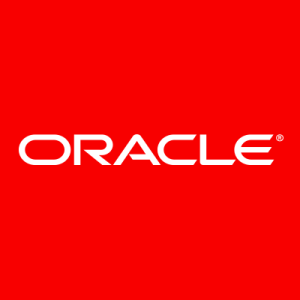The user interface is very good. Once you understand it, it's easy to define rules and do any configurations. It comes with an embedded WebLogic application server, which you have to deploy automatically. Once you run the given binary, it will automatically keep everything on the backend. You'll have to create an instant database, and maintain or manage it based on the rules engine. After that, your system is ready to test. The most valuable feature is the complete workflow through the BPM, from making it available as a generated code based on the backend, deploying it in the test environment, and then going to production. Throughout the testing, everything was good. Many customers are interested in the rules engine. A lot of requests pass through BPM because it's integrated with a lot of other applications or sub-applications.




